Spirulina: A No-Nonsense Guide to Buying the Good Stuff
I’ve been in the nutrition world for a long time, and I’ve seen countless supplements become the “next big thing” only to fade away. Spirulina is one of the few that has stuck around, and for good reason. But honestly, my first impression wasn’t great. It looks like pond scum, and the health claims can sound way too good to be true.
In this article
- First Off, What Even Is This Green Stuff?
- Sourcing Is Everything: How to Avoid Wasting Your Money (or Worse)
- So, What’s It Actually Good For? A Realistic Look
- How to Actually Get It Down: A Practical Guide
- Choosing Your Form
- The Best Ways to Take It
- 1: The Beginner’s Spirulina SmoothieThis simple recipe is fantastic for masking the flavor:– 1 cup frozen pineapple or mango– 1/2 banana (for creaminess)– A big splash of orange juice or coconut water– A generous squeeze of lemon or lime juice– 1/2 teaspoon of spirulina powderBlend it all up! The sweetness and acidity of the fruit cut right through the “green” taste. Taste Hack
- Heads Up! Who Absolutely Must Avoid Spirulina
- My Final Take
- Inspirational Gallery
But over the years, I’ve learned to look past the marketing noise and focus on what it can actually do. I’ve also learned—the hard way—how to vet suppliers. Today, I don’t see spirulina as some miracle cure. I see it as a specific tool in the toolbox. It has a place, but only if you buy a quality product and use it correctly.
My goal here is to give you the practical knowledge I share with my own clients—the stuff based on real-world experience, not just headlines.
First Off, What Even Is This Green Stuff?
To use spirulina well, you have to know what it is. It’s not really a plant or a seaweed. It’s a type of tiny, single-celled organism called cyanobacteria that lives in water and gets its energy from the sun. Think of it as a microscopic solar-powered nutrient factory.
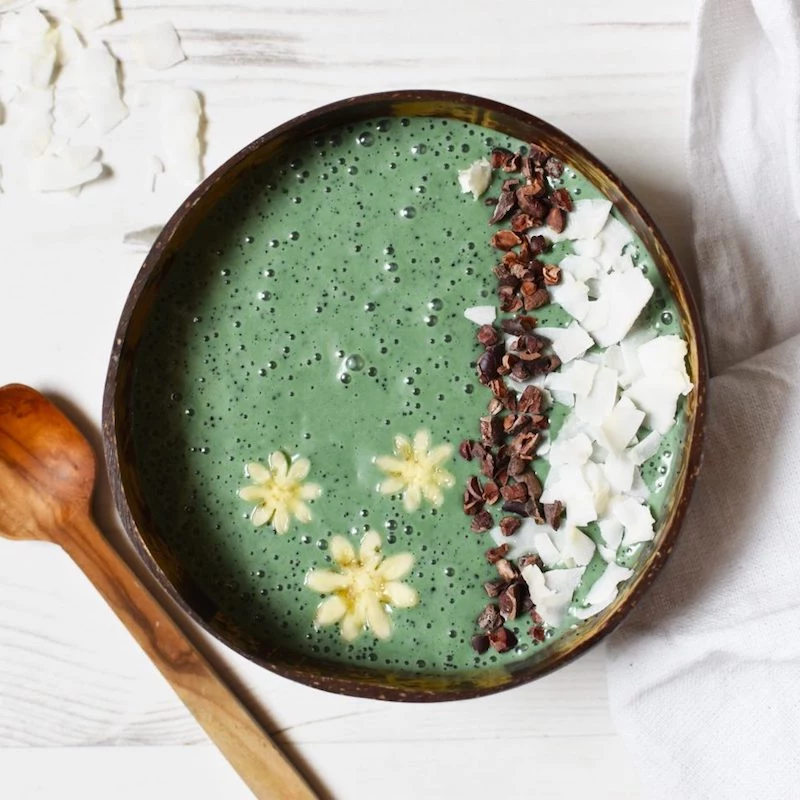
Its signature blue-green color is a big deal. The green part is chlorophyll, which you find in all plants. But the blue part comes from a special protein called phycocyanin. This compound is the source of many of its antioxidant benefits, and it’s what really sets spirulina apart.
Here’s why that matters: Spirulina naturally grows in very alkaline water, which is a harsh environment where lots of other nasty bacteria can’t survive. It’s a natural defense mechanism. The problem is, on large commercial farms, if that water quality isn’t perfectly managed, the spirulina can act like a sponge for toxins. And that’s the single biggest risk you need to be aware of.
By the way, people often get spirulina and chlorella mixed up. They’re both micro-algae, but they have one key difference. Chlorella has a tough, indigestible cell wall that has to be broken down during processing. Spirulina’s cell wall is soft and easy to digest, meaning our bodies can get to the nutrients without any extra help. For anyone with a sensitive gut, this makes spirulina a much gentler option.
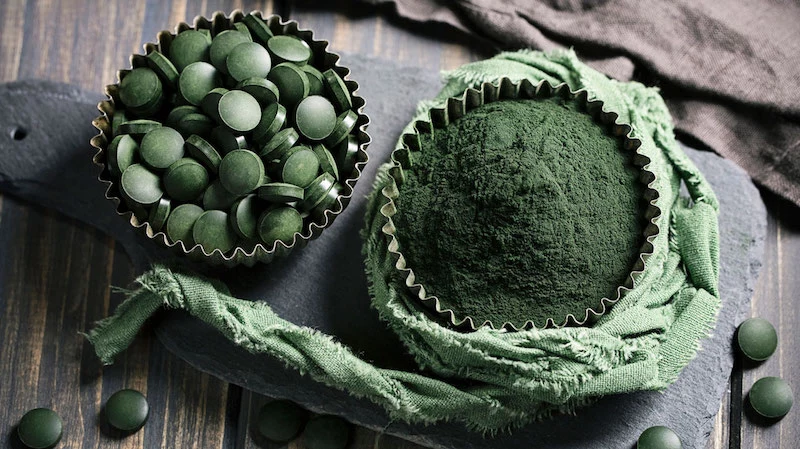
Sourcing Is Everything: How to Avoid Wasting Your Money (or Worse)
I cannot stress this enough: where your spirulina comes from is the most important factor. Because it’s so absorbent, it can soak up heavy metals like lead, mercury, and arsenic if it’s grown in dirty water. It can also get contaminated with other toxic algae that produce compounds called microcystins.
So, how do you find the good stuff? It comes down to how it was grown.
- Open Ponds: This is the most common and affordable method. Think large, man-made ponds. The risk here is contamination from the air, birds, or acid rain. The best farms, often in places like California or Hawaii, are incredibly strict. They test their water constantly and use protective covers. The less reputable farms… not so much.
- Closed Systems: This method uses sealed glass tubes (photobioreactors) to grow the spirulina. It’s a completely controlled environment, so the risk of contamination is practically zero. This spirulina is incredibly pure, but it’s also more expensive. I usually suggest this route for people with compromised immune systems.
A Quick-Look Guide for Buying Spirulina:
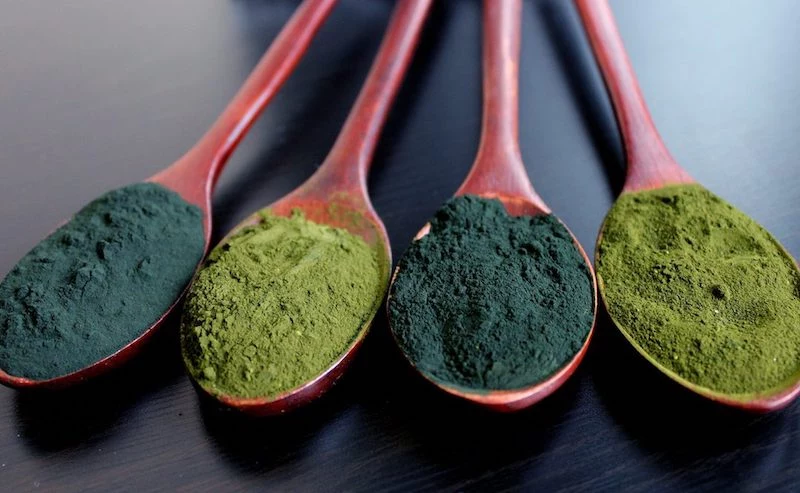
A good company will be totally transparent about its safety. Here are my non-negotiables:
- Proof of Testing: Don’t even consider a brand that doesn’t mention third-party testing. This means an independent lab has checked it for heavy metals and other contaminants. Look for mentions of testing by respected certifiers. If they have the certificates on their website, that’s a huge green flag.
- Country of Origin: Knowing where it’s from tells you a lot about the environmental standards. Products grown in the USA (especially Hawaii and California), Japan, and Taiwan tend to have very high quality control. If the origin is vague, like “sourced globally,” I’d be cautious.
- Organic Certification: A government-recognized organic seal is a great sign. It means it was grown without nasty pesticides or synthetic fertilizers and that the farm is inspected regularly.
- The Price Check: Good spirulina isn’t dirt cheap. If you see a huge tub for $10, that’s a red flag. Expect to pay somewhere between $25 and $50 for a month’s supply of high-quality powder or tablets.
- The Smell Test: When you open it, good spirulina powder should have a deep, dark green color and smell fresh and a little earthy, like clean seaweed. If it smells fishy, swampy, or just plain off, it’s either poor quality or has gone bad. Trust your nose and toss it.

So, What’s It Actually Good For? A Realistic Look
Let’s cut through the hype. I’ve seen spirulina provide consistent, practical support in a few key areas, but always as part of a healthy lifestyle. It’s a ‘supplement,’ not a replacement for a good diet.
Allergy and Immune Support
That special blue-green compound, phycocyanin, is a powerful antioxidant. It helps calm down the cellular stress that leads to inflammation. I’ve found this can be really helpful for people with seasonal allergies. The idea is that it may help reduce the release of histamines—the little troublemakers that cause sneezing, itchy eyes, and a runny nose.
Quick tip: For allergy support, try starting with 1-2 grams per day a few weeks before your allergy season typically begins. It’s not a magic pill, but it can sometimes lessen the severity of your symptoms.
Heart Health and Cholesterol
Some solid research suggests spirulina can have a positive effect on cholesterol. It seems to help lower the “bad” LDL cholesterol while sometimes raising the “good” HDL. Its antioxidant power is key here; it helps prevent LDL from oxidizing, which is a critical step in plaque formation in arteries. Of course, this is an add-on, not a first-line defense. Diet and exercise always come first.
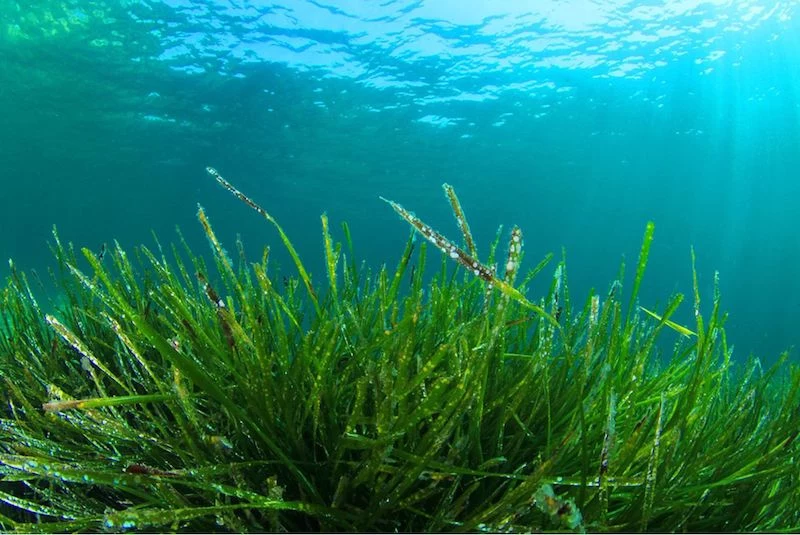
Energy and Workout Recovery
Spirulina is a powerhouse of nutrients. Just one tablespoon packs about 4 grams of protein, a good dose of iron, and B vitamins—all crucial for energy. I find it especially useful for people transitioning to a plant-based diet who might be worried about their iron intake.
For athletes, intense exercise creates a ton of oxidative stress. The antioxidants in spirulina can help with that, potentially improving recovery. I remember working with a marathon runner who was pretty skeptical. After about a month of taking 3 grams after her long runs, she told me her next-day muscle soreness was noticeably better. Results vary, but for consistent results with energy, give it at least a month of daily use.
How to Actually Get It Down: A Practical Guide
Okay, let’s talk about the taste. It’s… unique. Strong, oceanic, and earthy are the polite terms. Here’s how to make it work for you.
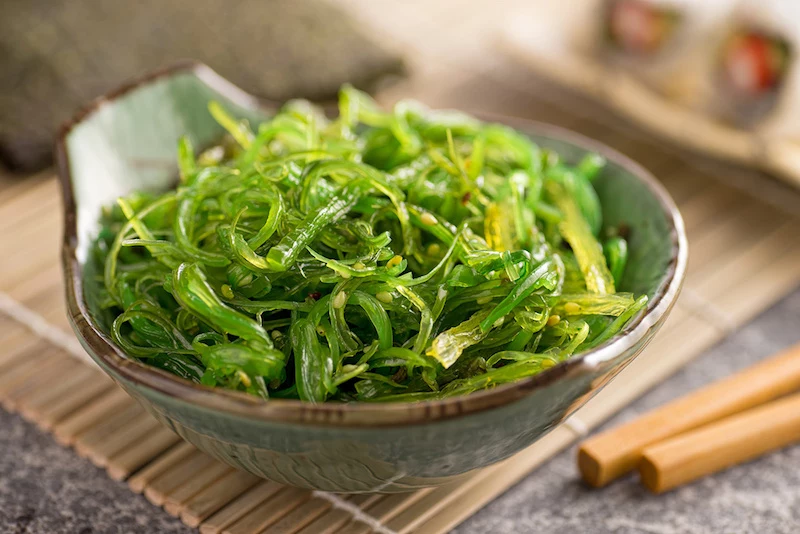
Choosing Your Form
- Powder: This is the most versatile and cheapest option. You can control your dose perfectly. The key is to not fight the flavor, but to complement it. My go-to is mixing it into a smoothie.
- Tablets: Convenient and totally bypass the taste issue. The downside? You might need to swallow a handful of big tablets to get an effective dose, and they often contain binders and fillers to hold their shape.
- Capsules: This is a nice middle ground. You get the pure powder without the binders, all enclosed in a simple capsule. It’s a great option if you can’t stand the taste but want to avoid fillers.
The Best Ways to Take It
My number one rule for any new supplement is to start low and go slow. Begin with just 1 gram a day (that’s about half a level teaspoon of powder) for the first week to let your body adjust. If all is well, you can slowly work up to a typical daily dose of 2-3 grams.

Taste Hack
1: The Beginner’s Spirulina Smoothie
This simple recipe is fantastic for masking the flavor:
– 1 cup frozen pineapple or mango
– 1/2 banana (for creaminess)
– A big splash of orange juice or coconut water
– A generous squeeze of lemon or lime juice
– 1/2 teaspoon of spirulina powder
Blend it all up! The sweetness and acidity of the fruit cut right through the “green” taste.
Taste Hack
2: The Spirulina Shot
If you just want to get it over with, this is a game-changer. Mix your dose of powder in a shot glass with a little bit of water and a big squeeze of lemon juice. Stir it up, take it like a shot, and chase it with a glass of water. Quick and effective.
Heads Up! Who Absolutely Must Avoid Spirulina
This part is non-negotiable. While spirulina is generally safe, there are some people who should stay far away from it.

- Anyone with an Autoimmune Disease: This is my biggest concern. Conditions like rheumatoid arthritis, multiple sclerosis (MS), or lupus are caused by an overactive immune system. Since spirulina can stimulate the immune system, it could potentially trigger a flare-up. Don’t risk it unless your specialist gives you the green light.
- Anyone with Phenylketonuria (PKU): This is a rare genetic disorder where the body can’t process an amino acid called phenylalanine. Spirulina is rich in it, so it’s strictly off-limits for anyone with PKU.
- If You’re on Certain Medications: Spirulina can interfere with immunosuppressants, blood thinners (like warfarin), and diabetes medications. Always talk to your doctor.
- If You’re Pregnant or Breastfeeding: There just isn’t enough research to prove it’s safe, and the potential risk of contamination with heavy metals is not something to gamble with. It’s best to avoid it.
Oh yeah, and one more thing: that Vitamin B12 claim on the label? It’s misleading. Spirulina contains a form of B12 that our bodies can’t actually use. Worse, it can get in the way of absorbing real B12. If you’re vegan or vegetarian, you absolutely cannot rely on spirulina for your B12 needs. You need a dedicated, active B12 supplement.
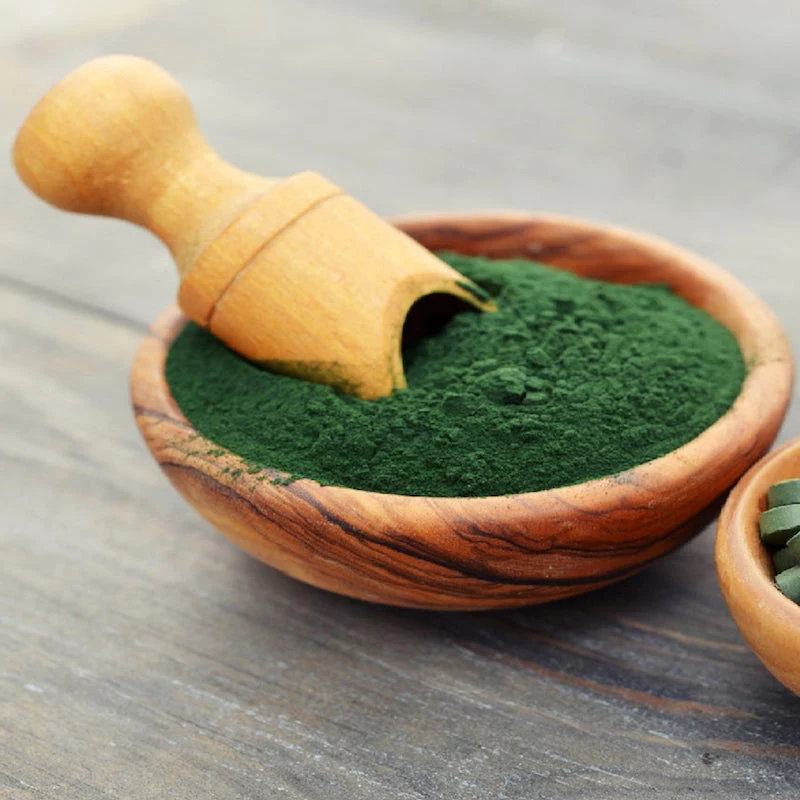
My Final Take
So, after all that, what’s the verdict? My initial skepticism has turned into cautious respect. Spirulina isn’t a miracle, but it is a potent functional food that can offer real support—if you’re smart about it.
Success comes down to two things: quality and context. You have to buy a clean, tested product. And you have to use it as a supplement to an already healthy life, not as a crutch. As always, have a chat with a qualified healthcare professional before adding anything new to your routine. A careful, informed approach is the only way to get the good without the bad.
Inspirational Gallery

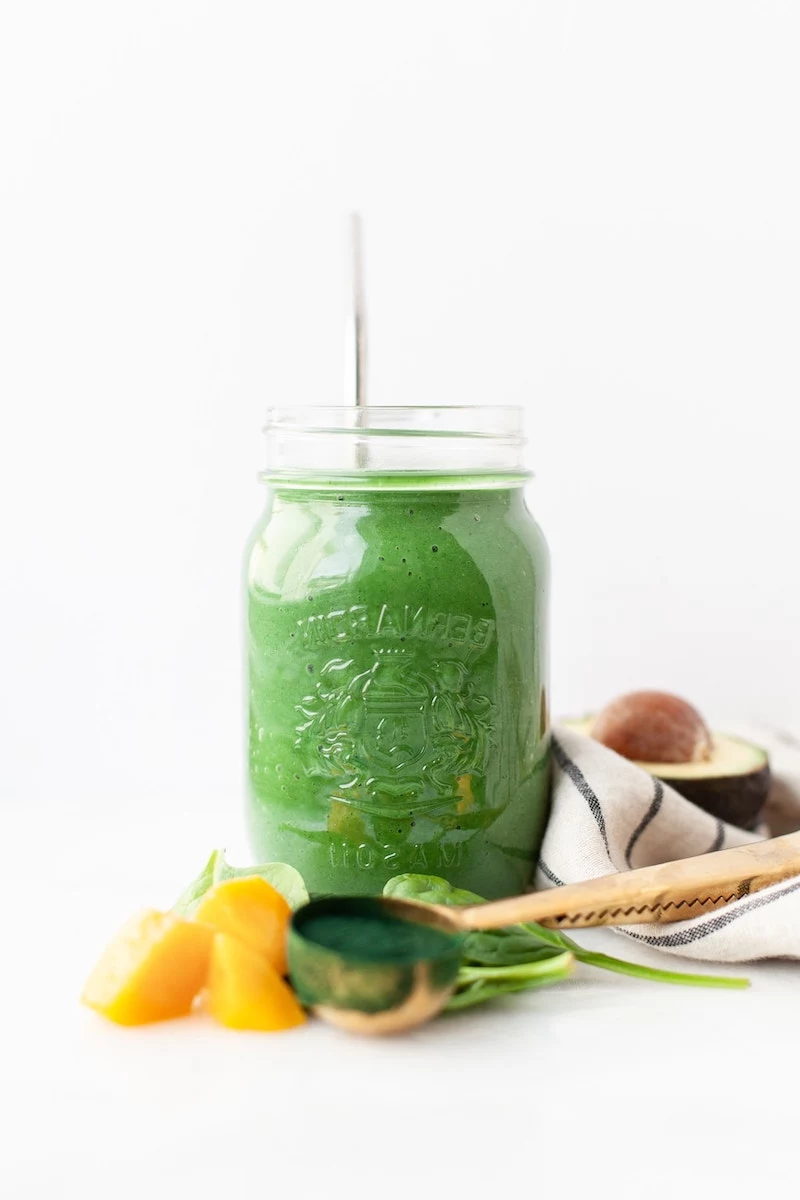
Once you open that container, spirulina’s biggest enemies are light, oxygen, and heat. To protect its delicate nutrients, especially the fatty acids and antioxidants, always store your powder in an opaque, airtight container in a cool, dark place. The refrigerator is an excellent option to maximize its shelf life and potency.

Did you know? NASA has used spirulina as a dietary supplement for astronauts on space missions, citing its incredible nutrient density and low-mass profile.
This isn’t just trivia; it highlights spirulina’s core benefit: delivering a massive nutritional punch in a very small dose. For those with low appetites or needing efficient nutrient intake, it’s a terrestrial solution to an extraterrestrial problem.

Tired of the same green smoothie every day?
Spirulina’s savory, umami notes make it surprisingly versatile. Try whisking a half-teaspoon into your favorite vinaigrette, blending it into a creamy guacamole for a nutrient boost, or mixing it with nutritional yeast and nuts to create a savory “superfood” topping for popcorn or salads.

Powder: More cost-effective per gram and offers total control over dosage. It blends seamlessly into foods and drinks, but the taste can be a hurdle for some.
Tablets or Capsules: Incredibly convenient, portable, and completely bypasses the flavor issue. Ideal for those with busy lifestyles or who are sensitive to the taste. Brands like Nutrex Hawaii offer both forms from the same high-quality source.
Your choice depends on whether you prioritize convenience or culinary flexibility.

- Vibrant, uniform, deep forest-green color.
- A fine, non-clumpy powder that dissolves easily.
- A mild, slightly sea-like smell, not a strong, fishy, or rancid odor.
The secret? These are the sensory hallmarks of a quality spirulina. A foul smell or pale, yellowish color can be a red flag for oxidation or poor-quality harvesting and drying processes.

A critical rule of thumb: Start with a small dose. Many beginners make the mistake of taking a full tablespoon on day one, which can lead to mild digestive upset. Begin with just a half-teaspoon (about 1-2 grams) daily for the first week to allow your body to adjust before gradually increasing.

Spirulina contains up to 70% protein by weight, making it one of the most protein-dense whole foods on the planet.

That vibrant blue you see in some smoothie bowls isn’t a synthetic dye. It’s phycocyanin, the powerful blue antioxidant pigment extracted from green spirulina. Sold as ‘Blue Spirulina’ by brands like E3Live, it offers many of spirulina’s benefits but with a crucial difference: it’s virtually tasteless, making it perfect for coloring foods without the ‘pondy’ flavor.
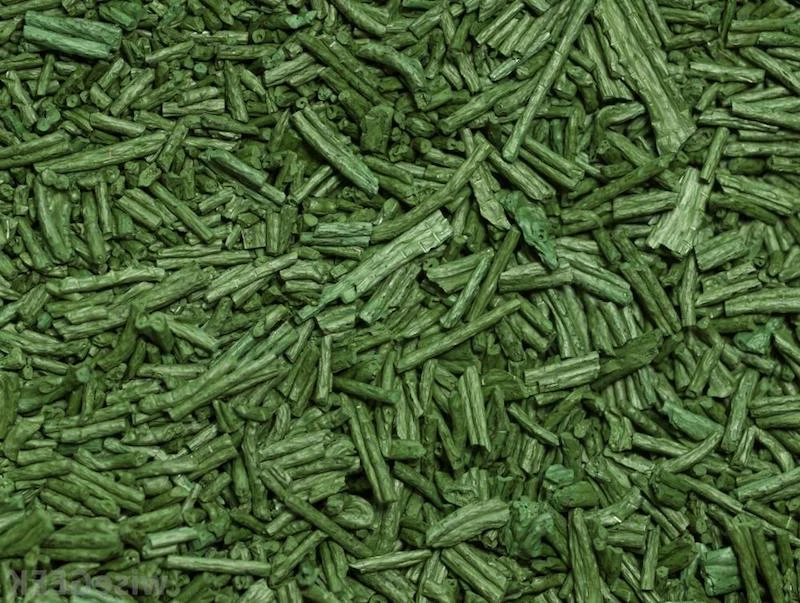
Is ‘USDA Organic’ spirulina really better?
Yes, and it’s all about the water. The USDA Organic seal means the spirulina was grown in ponds free from synthetic pesticides and fertilizers. More importantly, it requires stringent and regular testing for heavy metals and microcystins. While non-organic can be safe from reputable sources, the organic certification provides an extra layer of verified safety.

- Enhances iron absorption
- Protects against oxidation
- Supports collagen synthesis
The key? A little squeeze of lemon. Spirulina is a source of plant-based iron, which is best absorbed by the body when consumed with Vitamin C. Adding citrus juice to your spirulina drink isn’t just for flavor; it’s a smart nutritional strategy.
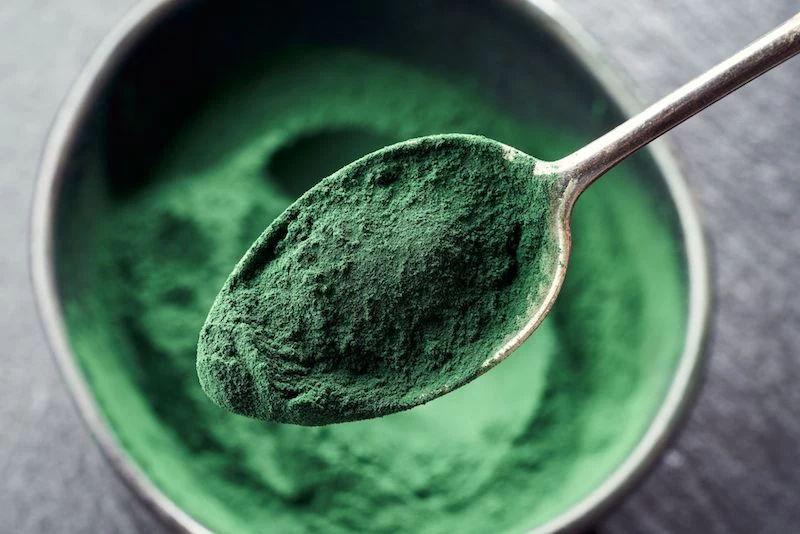
Beyond the label, look for a brand’s commitment to transparency. The best suppliers, like a US-based grower such as Earthrise, provide a Certificate of Analysis (COA) for their batches upon request. This document is your proof that the product has been third-party tested and is free from contaminants like heavy metals, bacteria, and toxins.

The strong taste of spirulina can be an acquired one. The secret to enjoying it is pairing it with the right flavors that complement, rather than just mask, its earthy notes.
- Sweet Fruits: Pineapple, mango, and banana are powerhouses at balancing the green taste.
- Healthy Fats: A spoonful of almond butter or half an avocado adds creaminess that mellows the flavor.
- Bold Spices: A dash of cinnamon or ginger in your smoothie can transform the taste profile entirely.
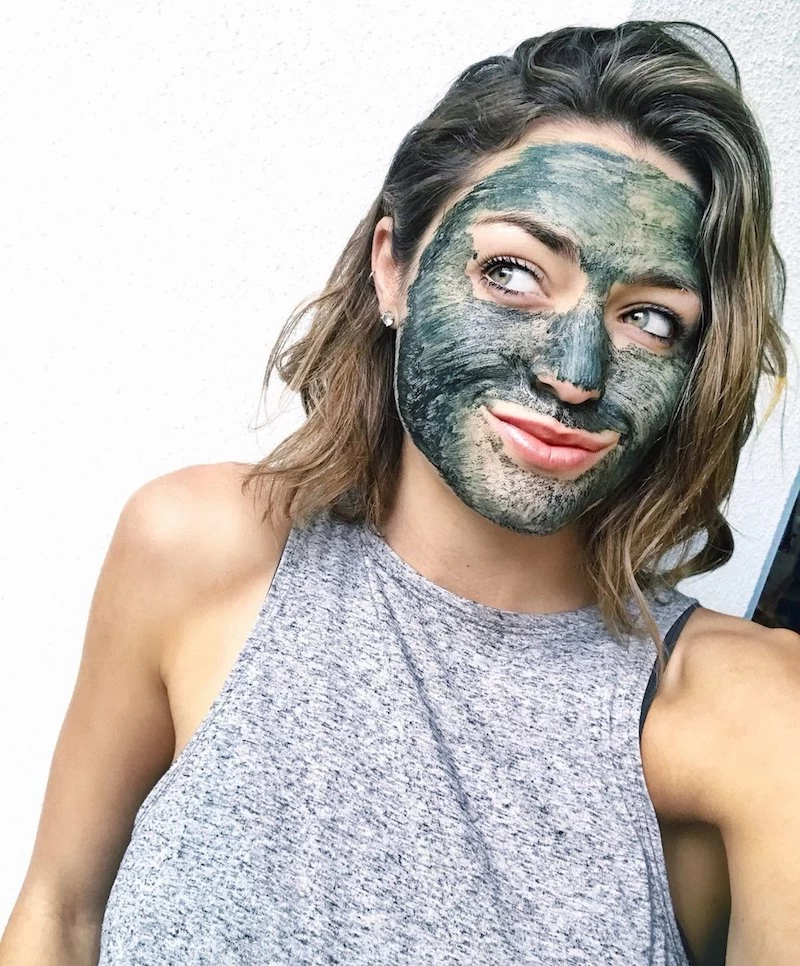
Long before it was a health store staple, spirulina (or ‘tecuitlatl’) was a primary food source for the Aztecs in the 16th century, harvested from Lake Texcoco and formed into dried cakes.

For an ultra-nourishing DIY face mask, combine one teaspoon of spirulina powder with two teaspoons of raw honey (which is antibacterial) and a few drops of water to create a paste. Apply to a clean face, let it sit for 10-15 minutes, and rinse. The antioxidants can help soothe inflammation and give your skin a vibrant glow.
Consistency is more important than timing. Taking it in the morning can provide a gentle, non-jittery energy boost for the day. However, athletes often take it post-workout to aid muscle recovery. The best time is simply the time you’ll remember to take it every day.










